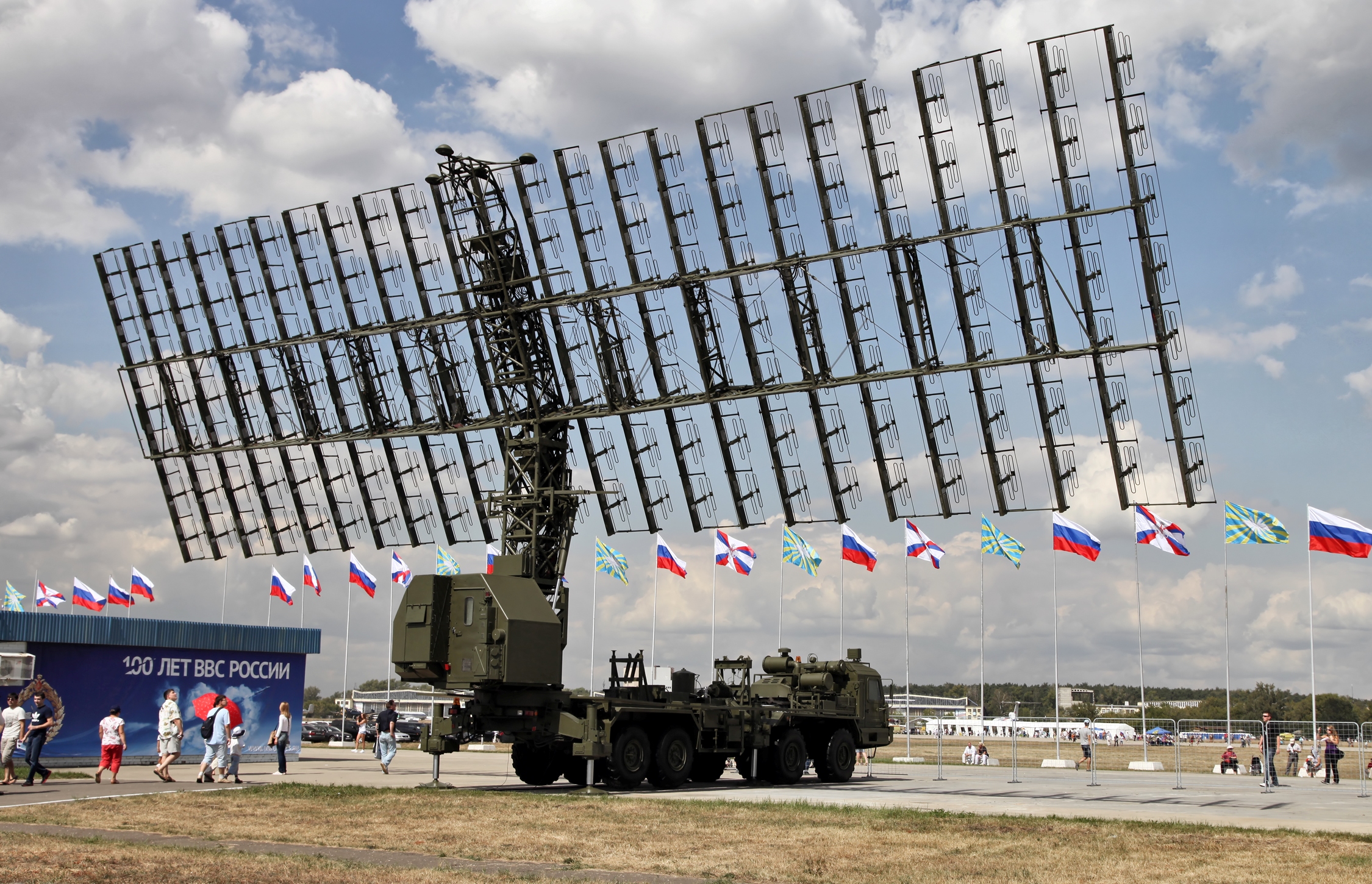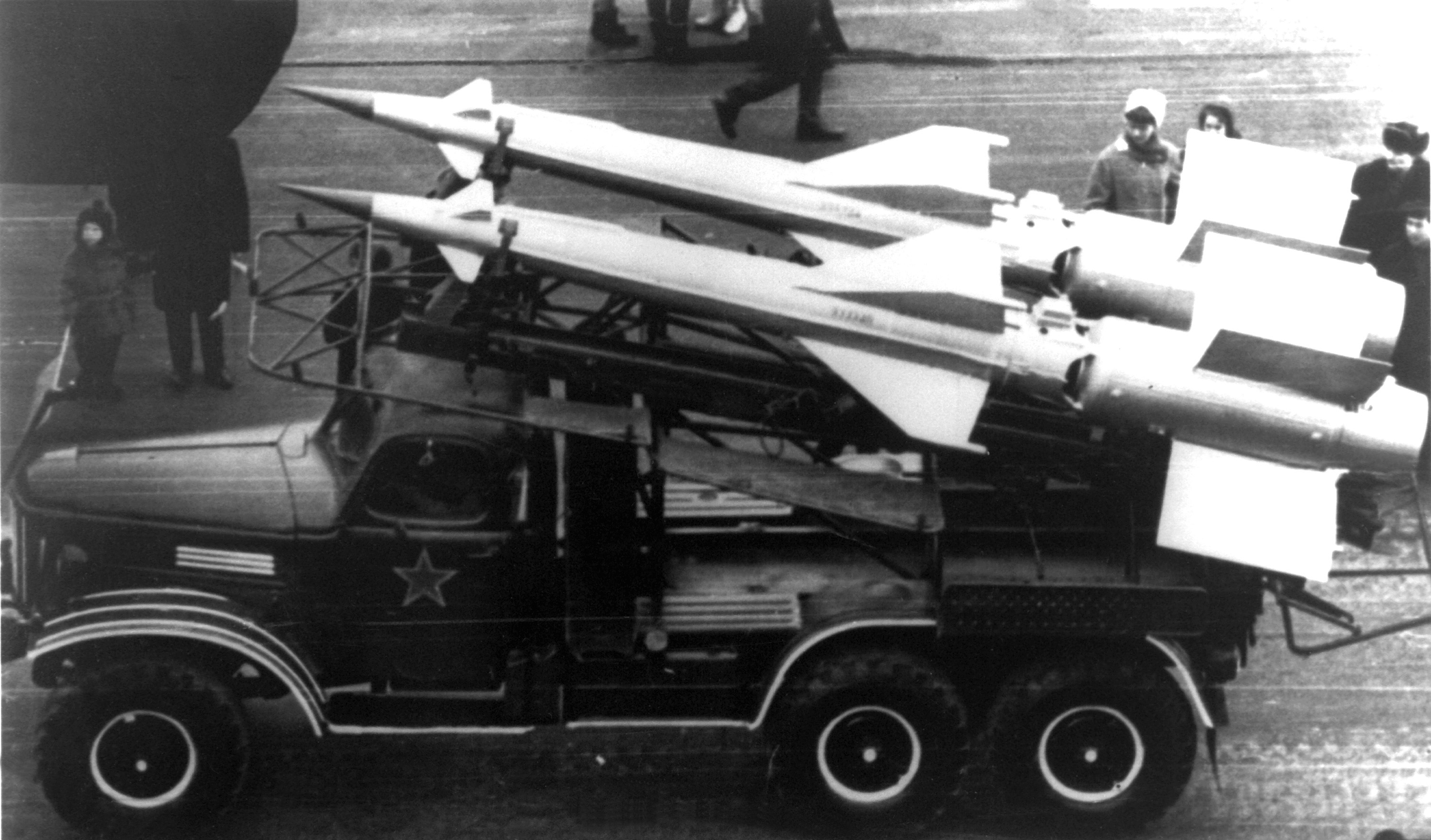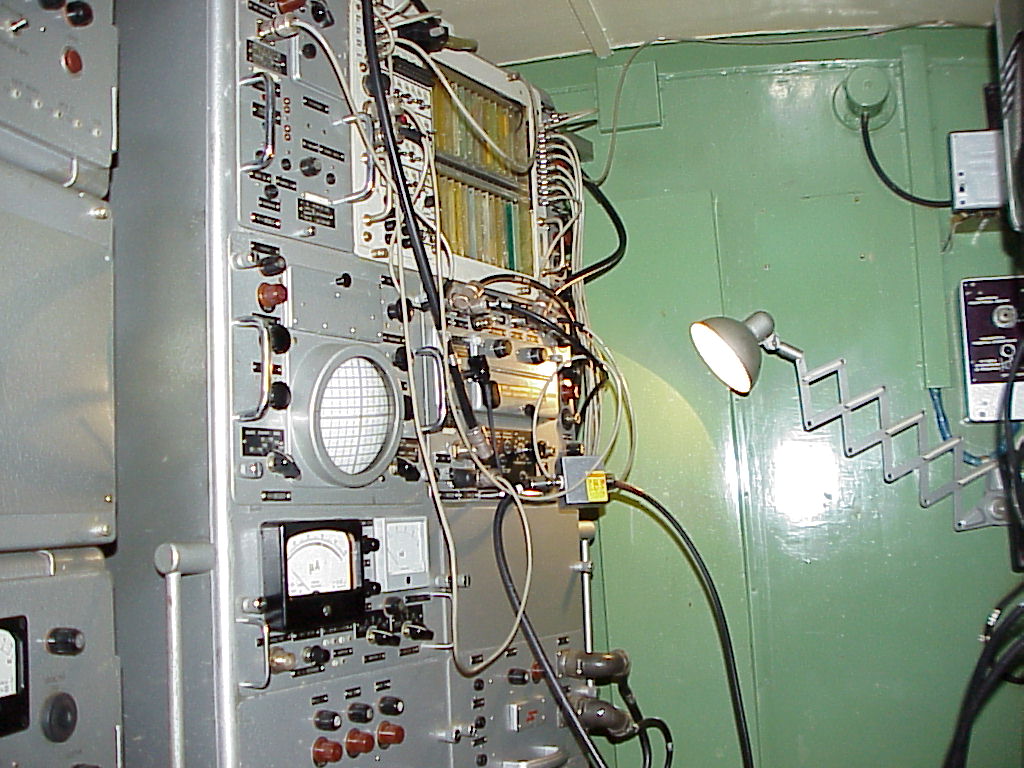|
Nebo-M
The Nebo-M or Nebo-ME (in Cyrillic: 55Ж6МЕ «Небо-МЕ», Nebo means "sky") also known as RLM-ME or 55Zh6ME (export version) is an integrated multi-functional radar system that features a multiple programmable multi-band design radars and a central data fusion. The radar began to be investigated in 1984. The radar complex is made up of a command post module and one to three different radars which are deployed on separate 8x8 24-ton trucks. The manufacturer claims this radar system can detect 5th generation aircraft like the F-22 and F-35 and detect long-range ballistic missile launches. Nebo-ME is an export version with some degraded characteristics. History System design was initiated on a mobile chassis in 1999, after NATO countries attacked the Federal Republic of Yugoslavia, in which the stealth F-117 participated - one was shot down by S-125 Neva with help of P-18 radar - Russia started to perceive stealth aircraft as a possible future threat to their security. To c ... [...More Info...] [...Related Items...] OR: [Wikipedia] [Google] [Baidu] |
55Zh6ME Nebo M RLM-D L-Band Radar System
The Nebo-M or Nebo-ME (in Cyrillic: 55Ж6МЕ «Небо-МЕ», Nebo means "sky") also known as RLM-ME or 55Zh6ME (export version) is an integrated multi-functional radar system that features a multiple programmable multi-band design radars and a central data fusion. The radar began to be investigated in 1984. The radar complex is made up of a command post module and one to three different radars which are deployed on separate 8x8 24-ton trucks. The manufacturer claims this radar system can detect 5th generation aircraft like the F-22 and F-35 and detect long-range ballistic missile launches. Nebo-ME is an export version with some degraded characteristics. History System design was initiated on a mobile chassis in 1999, after NATO countries attacked the Federal Republic of Yugoslavia, in which the stealth F-117 participated - one was shot down by S-125 Neva with help of P-18 radar - Russia started to perceive stealth aircraft as a possible future threat to their security. To c ... [...More Info...] [...Related Items...] OR: [Wikipedia] [Google] [Baidu] |
55Zh6ME Nebo M KU-RLK Command Post
The Nebo-M or Nebo-ME (in Cyrillic: 55Ж6МЕ «Небо-МЕ», Nebo means "sky") also known as RLM-ME or 55Zh6ME (export version) is an integrated multi-functional radar system that features a multiple programmable multi-band design radars and a central data fusion. The radar began to be investigated in 1984. The radar complex is made up of a command post module and one to three different radars which are deployed on separate 8x8 24-ton trucks. The manufacturer claims this radar system can detect 5th generation aircraft like the F-22 and F-35 and detect long-range ballistic missile launches. Nebo-ME is an export version with some degraded characteristics. History System design was initiated on a mobile chassis in 1999, after NATO countries attacked the Federal Republic of Yugoslavia, in which the stealth F-117 participated - one was shot down by S-125 Neva with help of P-18 radar - Russia started to perceive stealth aircraft as a possible future threat to their security. To c ... [...More Info...] [...Related Items...] OR: [Wikipedia] [Google] [Baidu] |
Nebo SVU
The Nebo-SVU (also known as 1L119) (in Cyrillic: Небо-СВУ, 1Л119) is an very high frequency multi-functional radar and first radar with an active electronically scanned array antenna operating in the metric wavelength. The radar was introduced in 2001 as a replacement for Nebo-SV. Nebo-SVU radars can detect F-22, B-2, F-35 warplanes. It can locate aircraft or other flying object with radar cross-section at . History VHF radar systems have wavelengths comparable to aircraft feature sizes and should exhibit scattering in the resonance region rather than the optical region, allowing most stealth aircraft to be detected. Soviet Union was known for developing VHF radars with counter-stealth capability as P-12 and P-18 radars. Request to detect stealthy aircraft's and provide anti aircraft systems with their coordinates prompted Nizhny Novgorod Research Institute of Radio Engineering (NNIIRT) to develop VHF AESA Nebo-SVU with digital signal processors, which is capable of pe ... [...More Info...] [...Related Items...] OR: [Wikipedia] [Google] [Baidu] |
F-22
The Lockheed Martin F-22 Raptor is an American single-seat, twin-engine, all-weather stealth tactical fighter aircraft developed for the United States Air Force (USAF). As the result of the USAF's Advanced Tactical Fighter (ATF) program, the aircraft was designed as an air superiority fighter, but also has ground attack, electronic warfare, and signals intelligence capabilities. The prime contractor, Lockheed Martin, built most of the F-22's airframe and weapons systems and conducted final assembly, while Boeing provided the wings, aft fuselage, avionics integration, and training systems. The aircraft first flew in 1997 and was variously designated F-22 and F/A-22 before it formally entered service in December 2005 as the F-22A. Although the USAF had originally planned to buy a total of 750 ATFs, the program was cut to 187 operational aircraft in 2009 due to high costs, a lack of air-to-air missions due to the focus on counterinsurgency operations at the time of production, ... [...More Info...] [...Related Items...] OR: [Wikipedia] [Google] [Baidu] |
F-35
The Lockheed Martin F-35 Lightning II is an American family of single-seat, single-engine, all-weather stealth multirole combat aircraft that is intended to perform both air superiority and strike missions. It is also able to provide electronic warfare and intelligence, surveillance, and reconnaissance capabilities. Lockheed Martin is the prime F-35 contractor, with principal partners Northrop Grumman and BAE Systems. The aircraft has three main variants: the conventional takeoff and landing (CTOL) F-35A, the short take-off and vertical-landing (STOVL) F-35B, and the carrier-based (CV/ CATOBAR) F-35C. The aircraft descends from the Lockheed Martin X-35, which in 2001 beat the Boeing X-32 to win the Joint Strike Fighter program, Joint Strike Fighter (JSF) program. Its development is principally funded by the United States, with additional funding from program partner countries from NATO and close U.S. allies, including the United Kingdom, Australia, Canada, Italy, Norway, ... [...More Info...] [...Related Items...] OR: [Wikipedia] [Google] [Baidu] |
S-125 Neva
The S-125 ''Neva/Pechora'' (russian: С-125 "Нева"/"Печора", NATO reporting name SA-3 ''Goa'') is a Soviet surface-to-air missile system that was designed by Aleksei Isaev to complement the S-25 Berkut, S-25 and S-75 Dvina, S-75. It has a shorter effective range and lower engagement altitude than either of its predecessors and also flies slower, but due to its two-stage design it is more effective against more maneuverable targets. It is also able to engage lower flying targets than the previous systems, and being more modern it is much more resistant to electronic countermeasures, ECM than the S-75. The 5V24 (V-600) missiles reach around Mach number, Mach 3 to 3.5 in flight, both stages powered by solid fuel rocket motors. The S-125, like the S-75 Dvina, S-75, uses radio command guidance. The naval version of this system has the NATO reporting name SA-N-1 Goa and original designation M-1 Volna (Russian Волна – ''wave''). Operational history Soviet Union The S-1 ... [...More Info...] [...Related Items...] OR: [Wikipedia] [Google] [Baidu] |
P-18 Radar
The P-18 or 1RL131 Terek (also referred to by the NATO reporting name "Spoon Rest D" in the west) is a 2D VHF radar developed and operated by the former Soviet Union. Development The P-18 early warning radar is a development of the earlier P-12 radar, the P-18 radar being accepted into service in 1970 following the successful completion of the program. The P-18 was developed by the SKB Design Bureau, a division of State Plant No.197 named after V. I. Lenin who developed the previous P-12, the predecessor of the current Nizhny Novgorod Research Institute of Radio Engineering (NNIIRT). In 1979 a new secondary IFF radar the 1L22 "Parol" entered into service to complement the P-18, unlike the previous secondary radar NRS-12 (NATO "Score Board") the new interrogator was carried on a separate truck. The P-18 is still in service today and was widely exported, many companies offer upgrade options to improve the performance and reliability of the radar and to replace out-dated components ... [...More Info...] [...Related Items...] OR: [Wikipedia] [Google] [Baidu] |
Pantsir Missile System
The Pantsir (russian: Панцирь, translation="Carapace") missile system is a family of self-propelled, medium-range surface-to-air missile and anti-aircraft artillery systems. Starting with the Pantsir-S1 (russian: Панцирь-С1, NATO reporting name SA-22 Greyhound) as the first version, it is produced by KBP Instrument Design Bureau of Tula, Russia, and is the successor to the Tunguska M1. The Pantsir-S1 was designed to provide point air defence of military, industrial and administrative installations against aircraft, helicopters, precision munitions, cruise missiles and UAVs; and to provide additional protection to air defence units against enemy air attacks employing precision munitions, especially at low to extremely low altitudes. Design The first finished version was completed in 1995 with the 1L36 radar, later another was designed. It is a short to medium range ground-based air defence system, wheeled, tracked or stationary with two to three operators. Its air ... [...More Info...] [...Related Items...] OR: [Wikipedia] [Google] [Baidu] |







